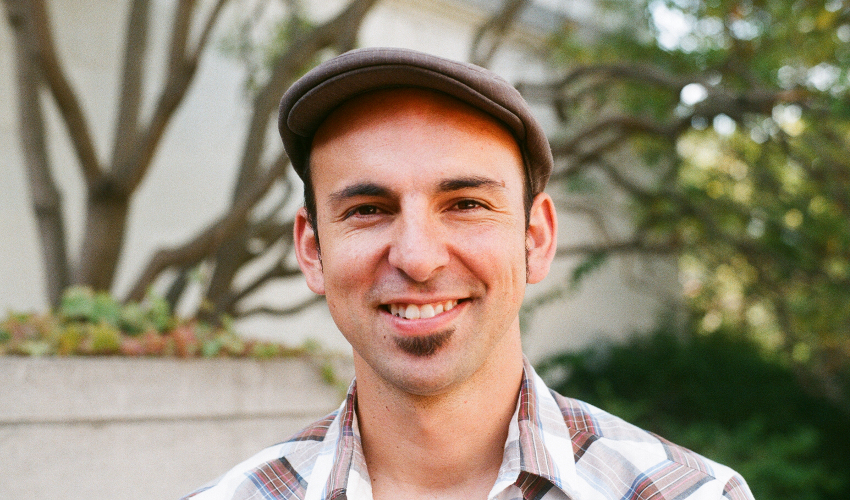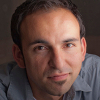Professor named a fellow of the American Mathematical Society

Mathematician recognized for his work in “the science of possibilities”
San Francisco State University Mathematics Professor Federico Ardila is a visual person. He sees shapes in math problems that, at first glance, have nothing to do with geometry. He also sees a radical future for the field of mathematics, a vision he’s realizing through mentoring and outreach. This combination of research and service led to his recognition this month as a 2018 fellow of the American Mathematical Society (AMS). Ardila’s recognition as an AMS fellow is an honor shared by 5 percent of the society’s members and makes him one of only two fellows in the California State University system.
“It’s very exciting,” Ardila said. “It definitely caught me by surprise.”
Ardila’s chosen field of mathematics, combinatorics, deals with questions like how many times you would have to shuffle a deck of cards before all possible card orders are almost equally likely. Ardila calls his field “the science of possibilities,” and for him, many problems like these are at their core questions of geometry. If you ask him the possible orders of the playing cards in a deck, he sees a shape with 52 dimensions.
This visual perspective allows Ardila to approach problems with a whole different set of mathematical tools, which is crucial in a field where problems can quickly grow to an unwieldy size. (There are more possibilities for ordering a deck of cards than there are atoms in the universe.) “The more you do this, the more you realize it’s not just a gimmick,” he said.
In fact, one of Ardila’s most theoretical projects found a use in robotics. There are many different ways a robot’s arm could accomplish the same task of reaching out and grabbing an object. The problem of determining the fastest way to do that, it turns out, can be represented by similar many-dimensional shapes.
If Ardila’s research is about the mathematics of possibility, then his outreach is focused on new possibilities for mathematics. “There’s a social responsibility that comes with this kind of work,” he explained. “I think mathematics is really powerful, and that power has been concentrated in the same places and in the same kinds of people.” By working to put mathematics into the hands of those underrepresented in the field, Ardila hopes to make math a tool that fights inequality rather than creating it.
Part of realizing that vision means transforming his own classroom. For 10 years, he’s been teaching remote courses that connect students in California with students in his native Colombia. That effort has led to a flow of cross-border collaboration and published papers. Ardila is also part of a faculty community in the University’s SF BUILD program that has given him a platform to learn more about encouraging students of color and women in his classroom. He’s been working to change the structure of his classes so all students participate, not just the most vocal and confident ones.
Through these efforts and others, Ardila has helped build an inclusive mathematical community — including some of his former students — dedicated to supporting and mentoring the next generation of diverse mathematicians. “What’s really satisfying is that some of my students are doing incredibly cool mathematics, and incredibly cool initiatives also,” he says. “We’ve somehow managed to create a culture where math is important and being engaged with our communities is also important.”
At the national Joint Mathematics Meeting this January, Ardila has been invited to give one of just a handful of plenary talks and to speak on a panel. The first is on high dimensional-structures in combinatorics. The second is on mathematics as a tool of activism.

